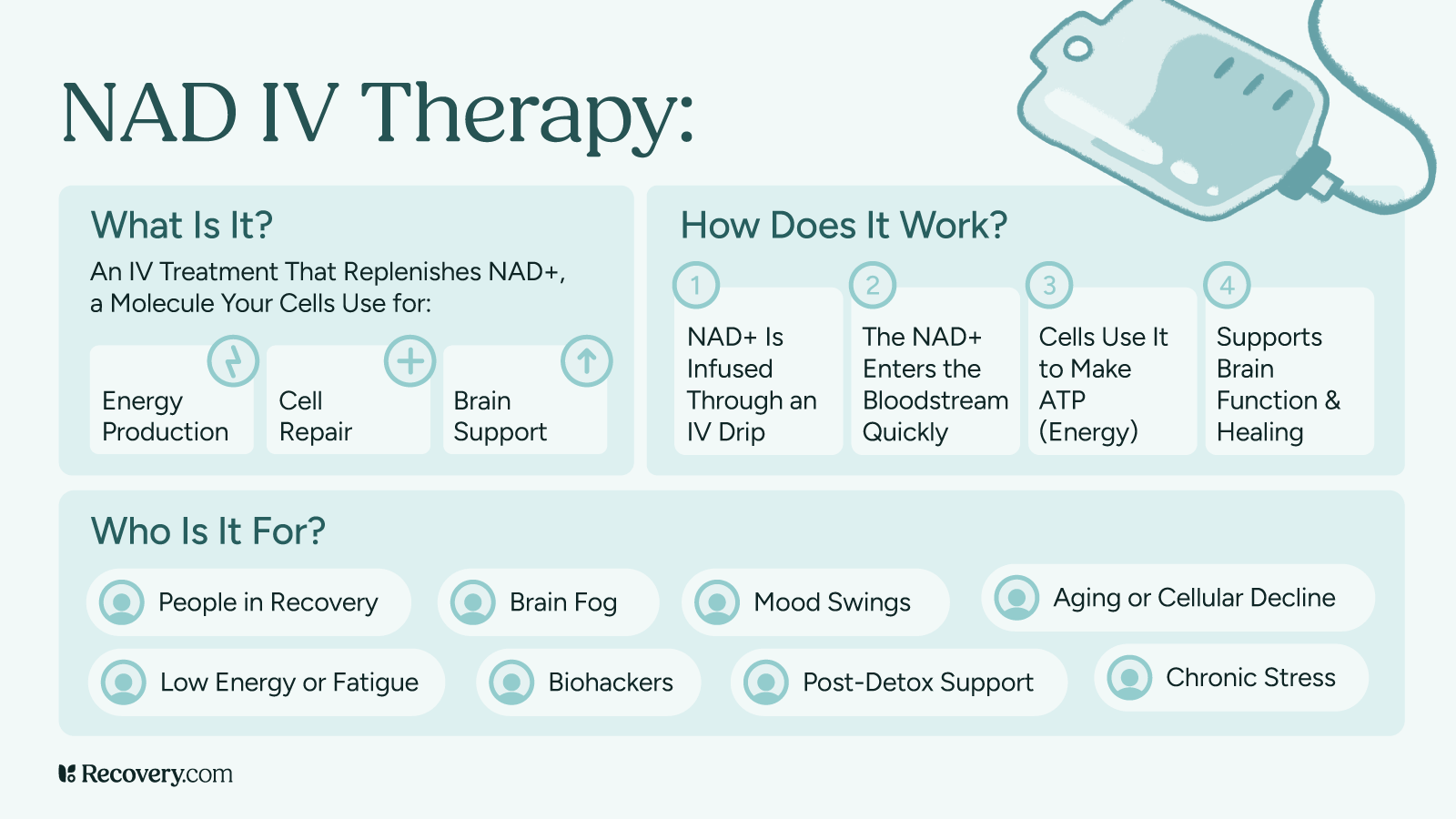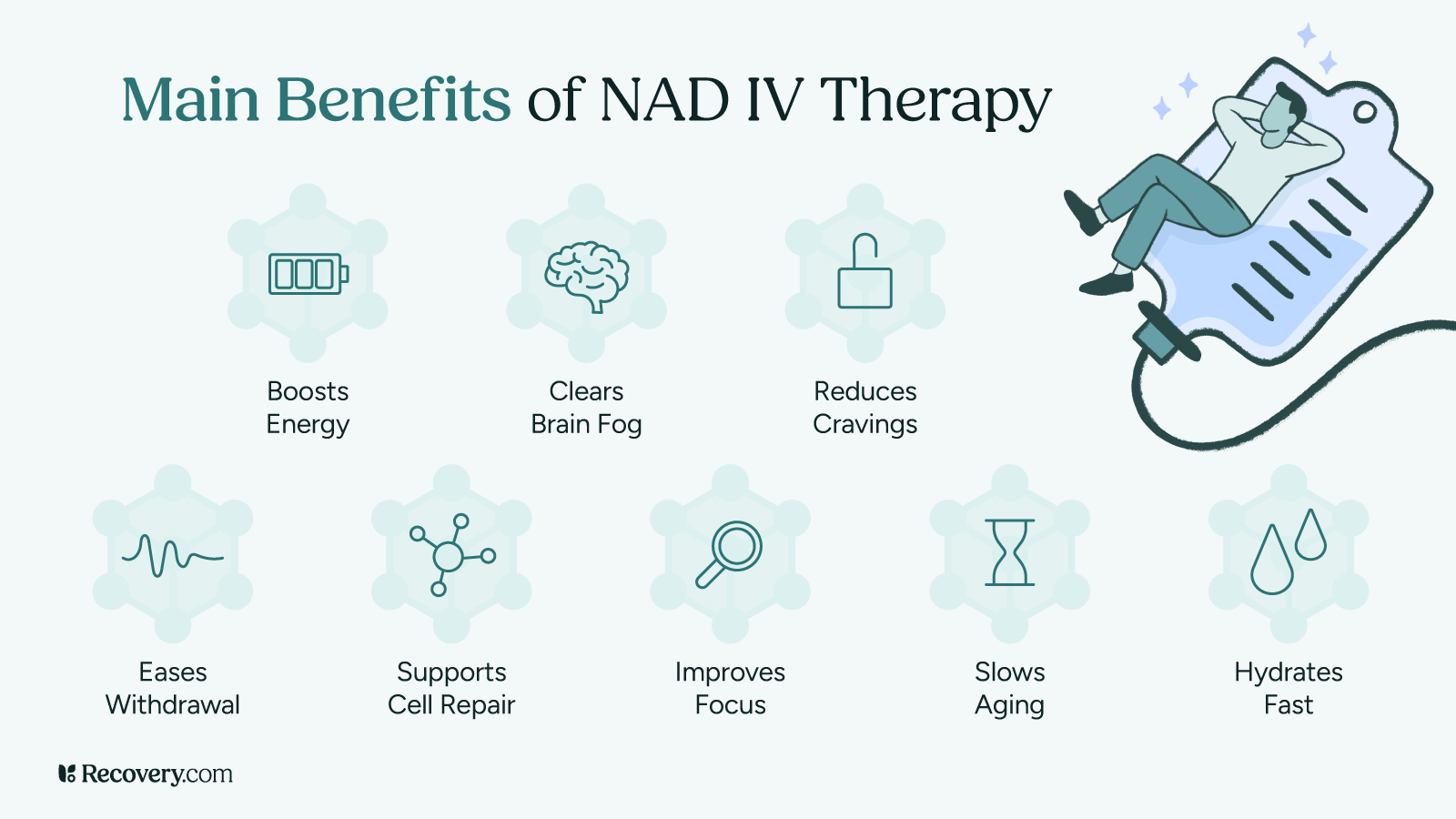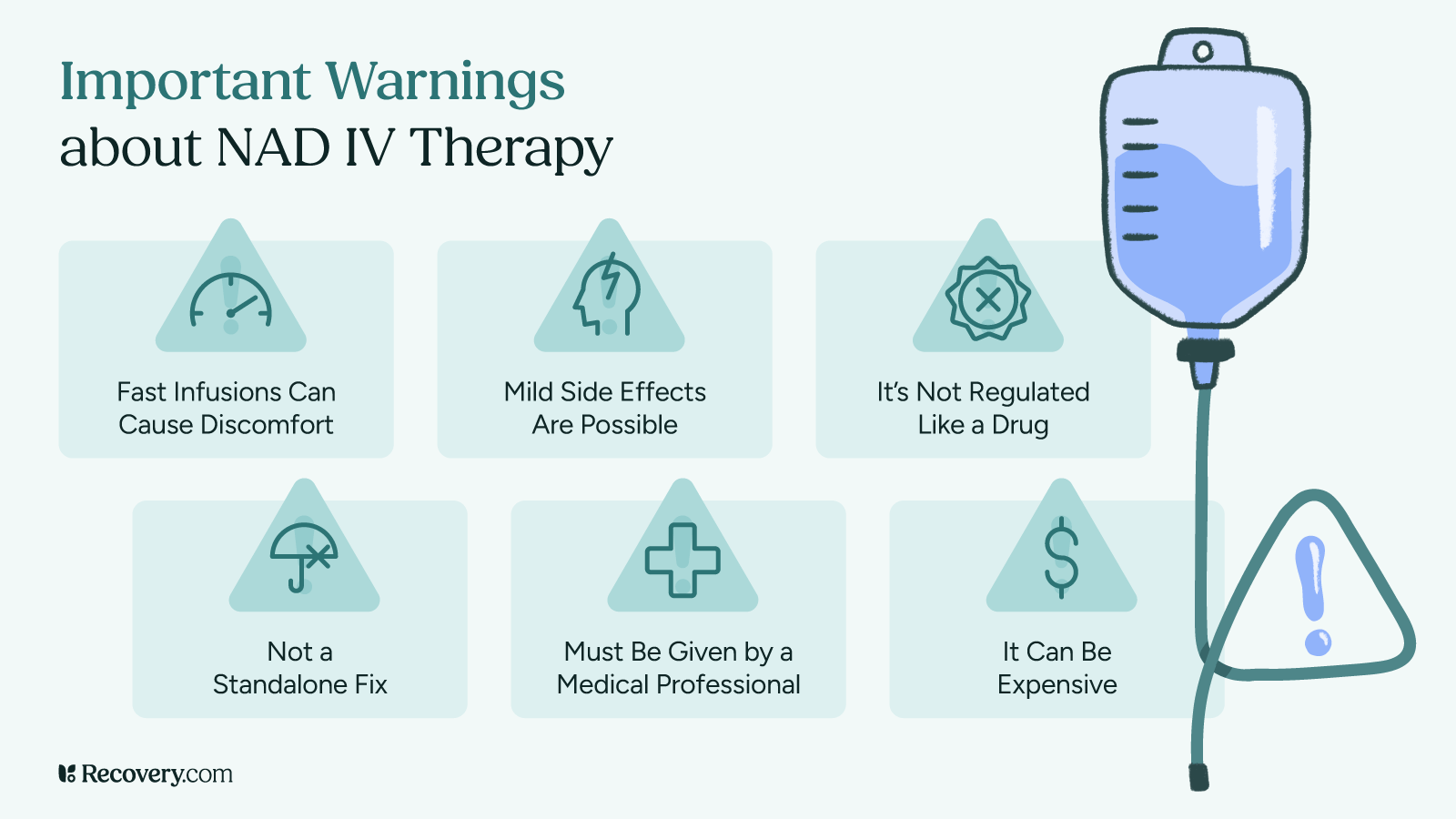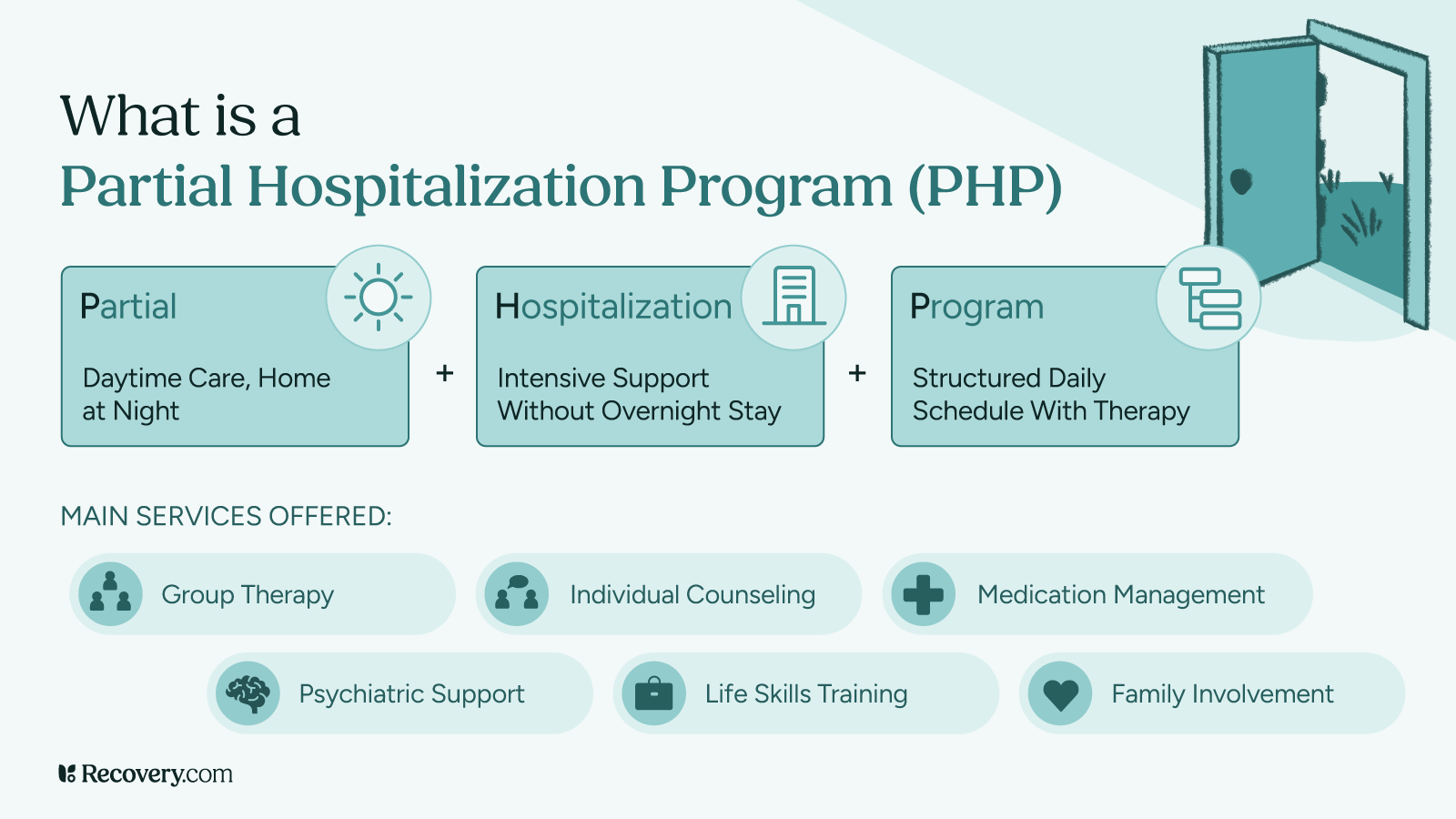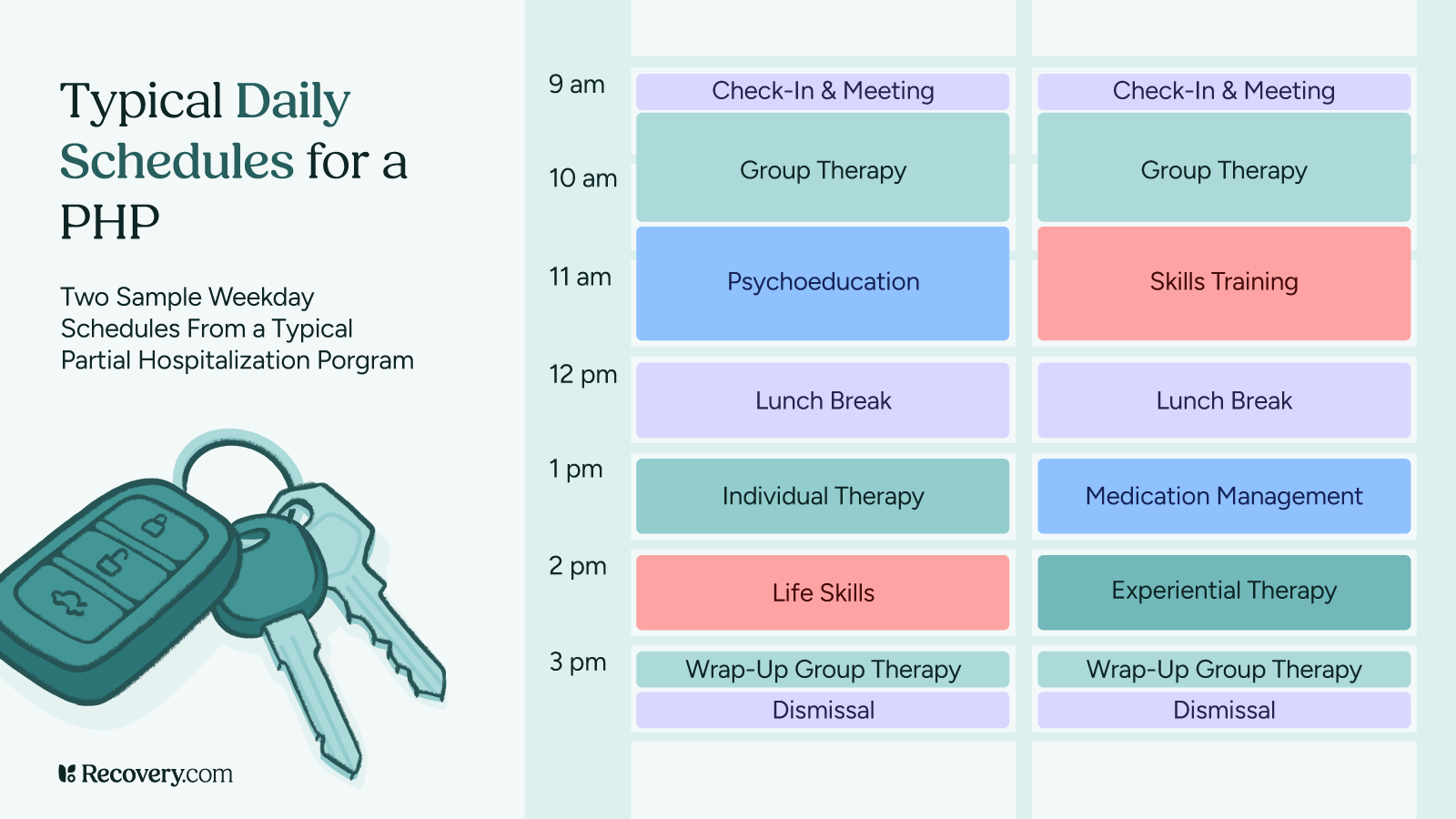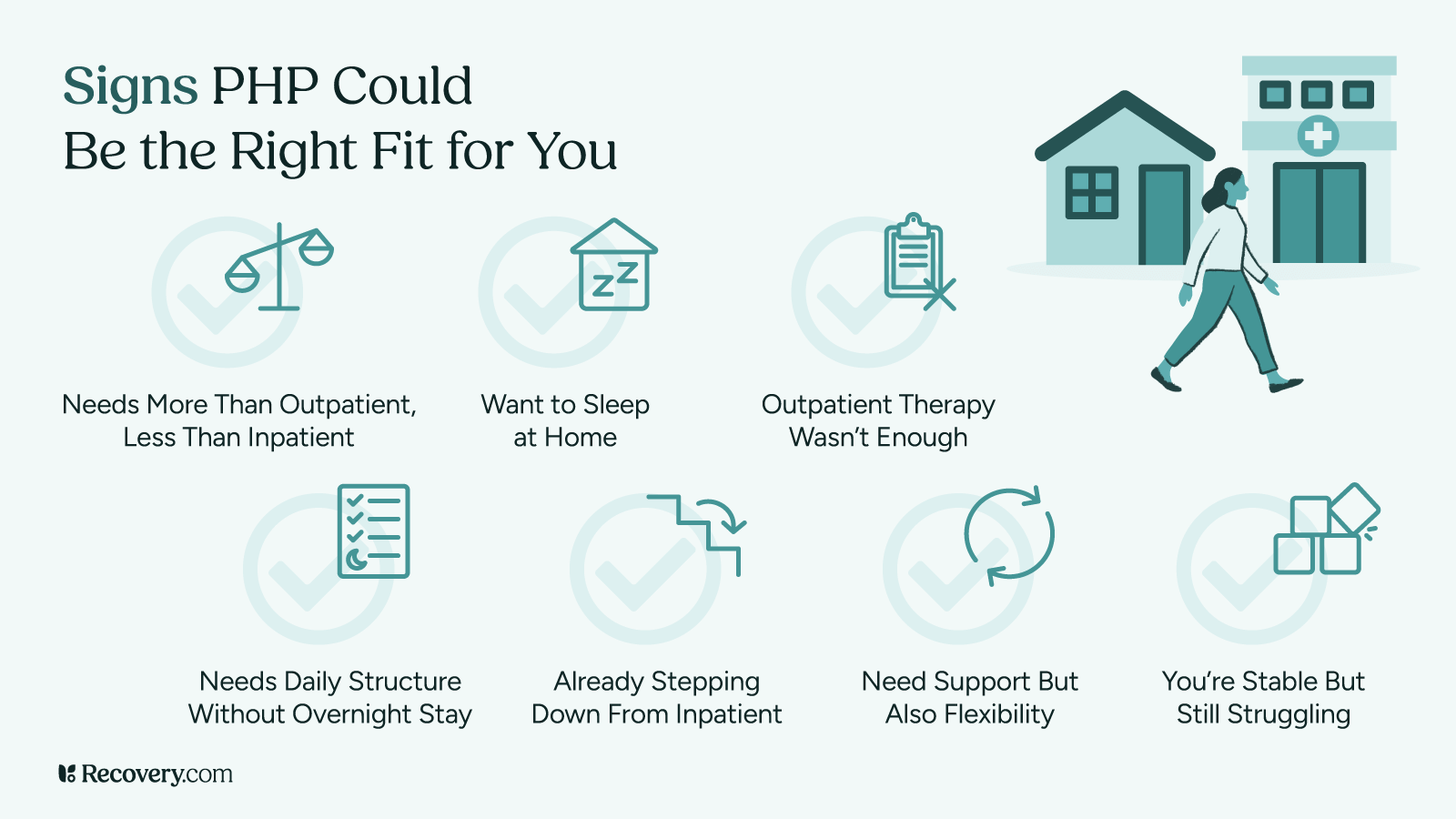Life in the streets, for many, promises a path to wealth, respect, and a certain kind of freedom. Yet, as countless stories of struggle and redemption show, this path often leads to a different reality—one of addiction, incarceration, and a profound disconnection from one’s true self. This is a journey intimately understood by Deonte, a man whose life was defined by the street hustle until a series of humbling events forced him to confront his truth. In a powerful conversation on the Giving Voice to Addiction podcast, Deonte shares his raw, unfiltered story of moving from a life of crime and substance abuse to one of purpose, authenticity, and leadership within the recovery community. His journey is a testament to the idea that you are more than your mistakes, and it offers a blueprint for anyone seeking to reclaim their life from the shadows of their past.
The common misconception is that a past filled with misdeeds and addiction disqualifies a person from a meaningful future. Deonte challenges this notion head-on, proving that the same experiences that once held him captive are now the foundation of his advocacy. He’s transformed his past from a source of shame into a source of strength, inspiring others to do the same. His story is not just about overcoming addiction; it’s about a complete lifestyle reform, moving from a criminal mindset to a purpose-driven life. Through his narrative, we’ll explore how his lowest moments became the catalysts for his greatest transformation, and how his unwavering commitment to his authentic self has paved the way for a powerful new purpose.
1. Reforming Your Lifestyle is the First Step
When Deonte talks about his recovery, he doesn’t just mention overcoming opiate addiction; he speaks of “lifestyle reform.” This distinction is crucial. For him, the drug use was a symptom of a larger problem—the chaotic, draining, and criminal lifestyle of the streets. He explains, “The lifestyle that we’re exposed to, it plays a huge part in feeding… substance use, chemical dependency.” The constant hustle of selling drugs, the violence of gang life, and the need to always be on guard spiritually and emotionally drained him. This lifestyle, while offering a false sense of freedom and control, actually took him away from his family and community, chipping away at his authentic identity.
The environment we inhabit and the choices we make within it have a profound impact on our well-being. For Deonte, the criminal environment not only fueled his addiction but also distorted his sense of self. He found himself making choices that were “probably not true to [his] authentic self,” and this internal conflict left him feeling exhausted and hollow. His recovery, therefore, wasn’t just about quitting drugs; it was about completely overhauling his life—changing his environment, his relationships, and his mindset. This holistic approach is often the key to lasting recovery.
2. The Link Between Trauma, Grief, and Addiction
Deonte’s drug use escalated dramatically after a devastating personal loss—the death of his brother while he was in prison. This tragedy, combined with the lack of support he expected upon his release, left him vulnerable and seeking a way to numb his pain. He found himself “really just trying to shield the pain of my brother passing.” This highlights a critical, often-overlooked aspect of addiction: its deep connection to trauma and unresolved grief.
Upon his release from prison, Deonte was met with competition instead of the brotherhood he had anticipated. The absence of his brother, who was meant to be his support system, created a void he desperately tried to fill. He describes how the addiction began to “catch on and just get worse and worse and just… trying to deal and cope with that.” This is a common pattern; without healthy coping mechanisms, individuals facing intense emotional pain may turn to substances to escape or suppress their feelings. The lack of accountability he experienced after cutting off his supportive friends further enabled his spiraling use, demonstrating the importance of a strong, healthy support network in navigating grief and recovery.
Explore treatment options for grief and trauma.
3. The Illusion of Control: From Dealer to User
Deonte’s story takes a compelling turn as he describes his transition from a drug dealer to an addict. For him, selling drugs was about “the idea, let’s get rich… get a certain number and then get out the game.” This is a classic example of the illusion of control—the belief that one can engage in a dangerous activity without succumbing to its pitfalls. He never intended to become a user, but as his circumstances changed and his emotional pain grew, he became vulnerable. As he eloquently states, “money is really what fed it.” With access to money and drugs, the lines between business and personal use blurred.
“I was actually, I had intentions on being, you know, a big mech, you know, or just trying to get, a certain number and then get out the game. It never goes that way, you know, it is, it is never enough. Or you get to that number and then it’s more.”
This slippery slope is a powerful warning. The false sense of security that comes with having money and access can quickly lead to an amplified use. What began as a taste of Percocets in prison evolved into a full-blown dependency on heroin after his finances and emotional state took a hit. His descent from a respected dealer to a desperate user looking around his room to see what he could sell was his rock bottom. It was a humbling experience that forced him to confront the truth of his situation.
4. Hitting Rock Bottom and the Call for Change
Deonte’s lowest point wasn’t a dramatic overdose or a violent confrontation; it was the quiet, humiliating moment he stood in his room, contemplating what he could sell to get his next fix. He reflects, “I had all this access, all these connections, to now I’m somebody looking around they room like, what could I sell? That’s when I knew like, this is, this is my rock bottom.” This moment of profound vulnerability was a turning point. It stripped away his ego and forced him to see himself for what he had become—the very person he used to look down on.
This rock bottom experience led him to seek help through medicated assisted treatment (MAT), specifically Suboxone. He describes MAT as what “helped me… address it and really start to like, get a plan and be able to manage it.” Medicated assisted treatment, which combines medication with counseling and behavioral therapies, has been proven to be highly effective in treating opioid use disorder and reducing the risk of overdose. This was a crucial first step, but his journey was not linear. Like many in recovery, he experienced relapses, but each slip-up taught him something new. It wasn’t until a second incarceration—which he calls “the best thing that ever happened to [him]”—that he found true, lasting sobriety.
5. Finding Path, Plan, and Purpose
Deonte’s final incarceration was the moment God “sat him down,” as he puts it. It was a bizarre twist of fate—being set up by an acquaintance over a stolen car he didn’t even know was stolen—that landed him back in prison. He could have been bitter, but instead, he saw it as an intervention. It was in this moment that he found his path, plan, and purpose. The motivation to change was multifaceted: the birth of his second daughter, his mother’s plea, and the realization that he was tired of being part of a cycle of loss and violence.
“I was just looking around like, I’m tired of being a part of this. I’m tired of what this done did to me and my people. And I think that’s really just, it sparked something in me to take action.”
This newfound purpose became his driving force. He decided to become the one to “narrate this story,” taking his past and turning it into a tool for change. His path is now advocating for others, speaking out about his experiences, and getting involved in community organizations. This act of service not only helps others but also reinforces his own recovery. The sense of purpose and the opportunity to give back fills the void that drugs and the streets once occupied.
6. The Power of Community and Shared Experience
One of the most powerful messages Deonte offers is the importance of surrounding yourself with people who are on a similar path. He tells people who feel “too far gone” to “get around recovery, people get around success stories, feel it, touch it, you know, get involved.” He emphasizes that while everyone’s journey is different, seeing someone who has walked a similar path and succeeded can provide the spark of hope needed to start.
As a peer provider, Deonte works with incarcerated individuals, sharing his story and showing them that recovery is possible. His visibility—on podcasts, on the news, even on billboards—is a powerful tool for hope. When they see a person who is “similar to me… being accepted and celebrated,” it challenges the stigma and encourages them to believe in their own potential for change. This sense of belonging and shared experience is a cornerstone of effective recovery. A meta-analysis published in the Journal of Substance Abuse Treatment confirmed that peer support services are effective in improving substance use outcomes.
7. The Liberation of Living Your Authentic Self
For Deonte, the ultimate reward of recovery is authenticity. He describes his former self as a “lost, confused, broken man,” but the man he is today is “purpose driven” and “liberated.” He explains that his street identity was something he “built… because I thought that I had to be this guy.” In reality, his authentic self was the person who loved riding horses with his grandfather.
“the man in front of you is somebody who’s took accountability. Also not perfect by any means, just open and transparent about that, but also making that real effort and and you know, just taking that initiative really be that change that I wanna see in the world.”
This liberation from a false identity is the true essence of his recovery. He’s no longer operating in “fear, shame, and guilt.” By embracing his past, taking accountability, and openly sharing his story, he has found a freedom that the streets could never offer. His journey serves as a beacon for anyone who feels trapped by their past, demonstrating that the truest form of freedom comes from within, through the courageous act of self-reclamation.
Conclusion: A New Blueprint for Life
Deonte’s story is a compelling narrative of transformation. He moved from a life of fleeting, false freedom to one of enduring, authentic liberation. His path was not easy or linear, marked by setbacks and moments of despair, but each challenge became a catalyst for growth. He learned that a criminal lifestyle is not a life at all, but a constant state of spiritual and emotional exhaustion. He discovered that true strength lies not in the ego of the streets, but in the vulnerability of admitting you need help.
His experience offers a new blueprint for those struggling with addiction and a criminal past. It starts with recognizing the need for a lifestyle reform, acknowledging the deep roots of trauma and grief, and understanding that the illusion of control is a dangerous trap. The path to recovery is paved with community, peer support, and the courage to live an authentic, purpose-driven life. Deonte’s message is a powerful one: you are more than your mistakes, and your story has the power to not only change your life but to inspire others to find their own path to freedom.

